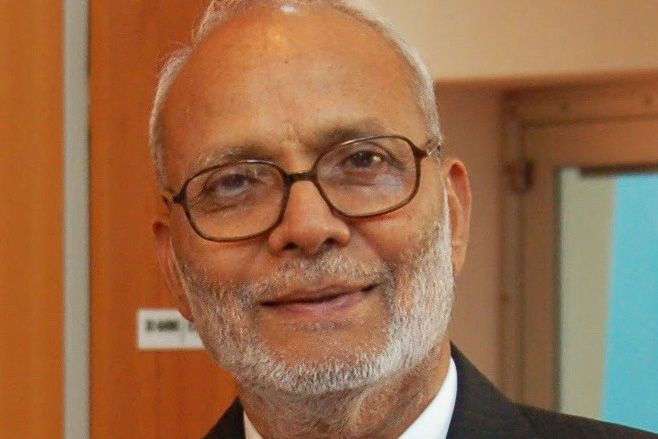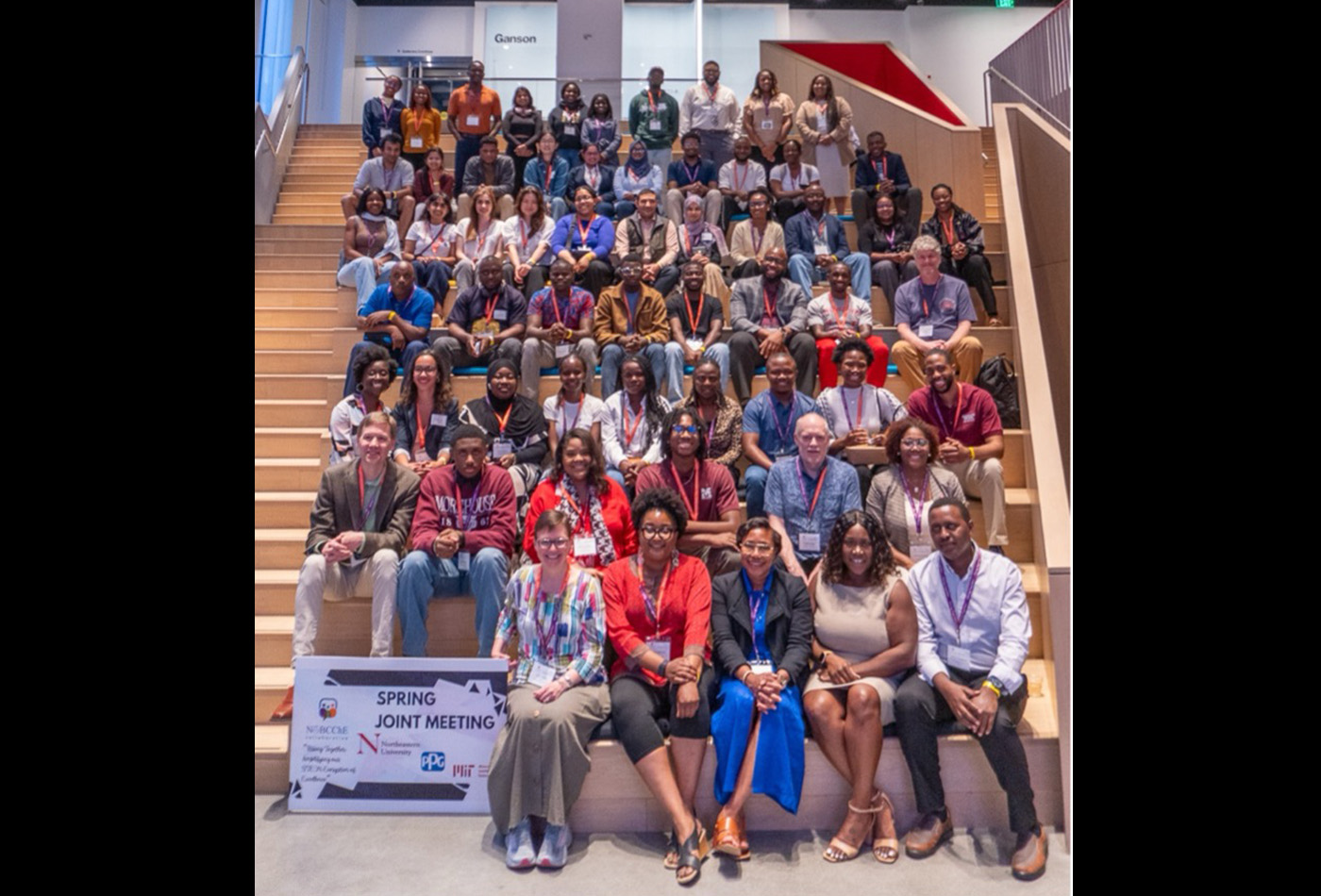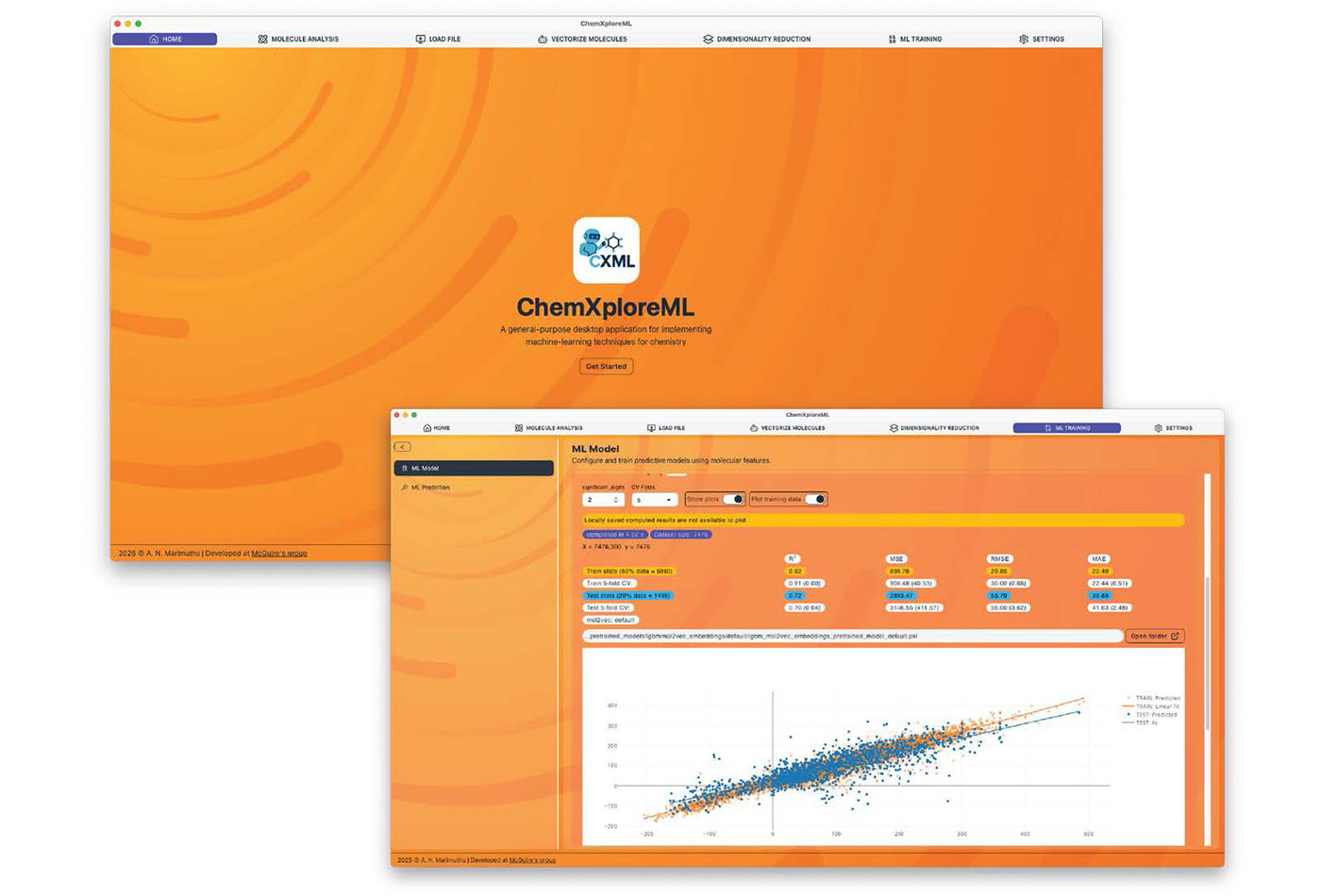Ramachandra Dasari, associate director of the GR Harrison Spectroscopy Lab, dies at 87
MIT scientist for over 50 years was a cherished mentor who published nearly 400 papers on topics from laser science to non-invasive biomedical diagnosis.
Ramachandra Rao Dasari, associate director of the GR Harrison Spectroscopy Laboratory, which houses the MIT-Laser Biomedical Research Center, passed away peacefully of natural causes, surrounded by family, on April 12. He was 87.
Dasari was a member of the MIT community for over 50 years, and was inducted into the Institute’s Half-Century Club in 2017.
“Ramachandra’s numerous contributions range from laser science to non-invasive biomedical diagnosis, publishing nearly 400 scientific papers,” says Peter T.C. So, professor of mechanical engineering and biological engineering. “He mentored several generations of MIT students and postdocs who are now leaders in academia and industry. Dr. Dasari was a good friend and will be greatly missed.”
Educated in his native India, Dasari earned a bachelor’s degree from Andhra University in 1954, a master’s degree from Benares Hindu University in 1956, and a doctoral degree from Aligarh Muslim University in 1960. Dasari joined the faculty of the Indian Institute of Technology (IIT), Kanpur, where he went on to build one of the largest laser laboratories for university research in India, in 1962. During his tenure at IIT, Dasari spent two years (1966-68) as a visiting scientist at MIT, studying the fabrication of lasers and conducting research in laser physics. He left IIT Kanpur in 1978, and spent a year as a visiting senior research officer at the National Research Council of Canada, Ottawa (1978-79), and another year as a visiting scientist at the Department of Physics, University of British Columbia, Vancouver (1979-80) before coming to MIT permanently in 1980 — first as a visiting professor of physics, and then, in 1981, as a principal research scientist in the GR Harrison Spectroscopy Laboratory. He was appointed assistant director of the spectroscopy laboratory in 1984, and was promoted to associate director in 1992. In 2008, Dasari moved to northwest Indiana to be close his family and grandchildren. His work continued, with frequent visits to MIT, until 2017.
Over his many decades overseeing the spectroscopy laboratory, Dasari touched the lives of many, and his countless attributes — not the least being his kind demeanor as a patient mentor, his genuine concern for those around him, and his masterful negotiating tactics — will be forever remembered by those who knew him.
Adam Wax, now a professor of biomedical engineering at Duke University, worked with Dasari from 1999 to 2002 while conducting postdoctoral research at the spectroscopy laboratory. “Ramachandra was a kind and thoughtful soul who touched the lives of everyone who came through spec lab,” says Wax. “He was also a tough negotiator and kept a watchful eye on everything and everyone in the lab. He lived a long and rich life, and I am very sad that it has come to an end during this difficult time, when we cannot all join together and share his memory.”
“Ramachandra was the most considerate person in my life who cared every aspect of people around from research to personal life,” says Wonshik Choi, professor of physics at Korea University and a former visiting student and postdoc. Choi described Dasari’s mentorship as “unforgettable.” “With deep and broad knowledge, he used to identify and support whatever was necessary to break through the gridlock,” remembers Choi. “His warm spiritual support enabled us to go through all-or-nothing type of tough projects, such as proving the nonclassicality of the single-atom laser radiation, and his enthusiastic inspiration led us to develop exciting label-free cell tomography.”
Charles H. Holbrow, emeritus professor of physics at Colgate University and current visiting professor of physics at MIT, met and became friends with Dasari in 1983, when Holbrow arrived at MIT for the first of several visiting professorships. Holbrow credits Dasari with fostering the creativity and productivity of the spectroscopy laboratory, and supporting the lab’s director. The two men extended their friendship to include their families, a connection that Holbrow considers “a memorial to a fine man.”
“Ramachandra provided skillful management, expertise in Raman spectroscopy, and important mentoring of graduate students and postdocs — many experiencing America for the first time,” says Holbrow. “He was deeply concerned about their welfare and was a source of personal warmth and helpful guidance. He cared about them, and they knew it. He was also an exceptional negotiator; his work with equipment vendors was an art form. It was a pleasure to watch him persuade salesmen and company managers to reduce prices, provide special services, and give early access to technical innovations and improvements.”
Rebecca Richards-Kortum SM ’87, PhD ’90, currently the Malcolm Gillis University Professor of Bioengineering at Rice University, worked with Dasari from 1985 to 1990 and credits him with inspiring his mentees to be better mentors through his actions. “[Dasari] was a great scientist, but he was an especially generous mentor to all the students and staff who worked in the spectroscopy lab,” she says. “Many people relied on him for great career advice. I remember when I was graduating, he sat down with me to think through many options and helped me come to the right choice. As I reached back out over the years, he was always willing to listen and offer wisdom and great advice.”
Dasari is survived by Suhasini, his wife of 69 years; his son Satish Dasari and daughter-in-law Veda Praveena; daughter Lakshmi Dasari; and grandchildren, Sidarth and Vivek. In addition to his family, his pride and joy were his students, both at IITK and at MIT, and their success will remain his lasting legacy. Due to Centers for Disease Control and Prevention guidelines during the Covid-19 crisis, a private service was held on April 14. The family will hold a celebration of his life at a later date, when it is safe to do so.





